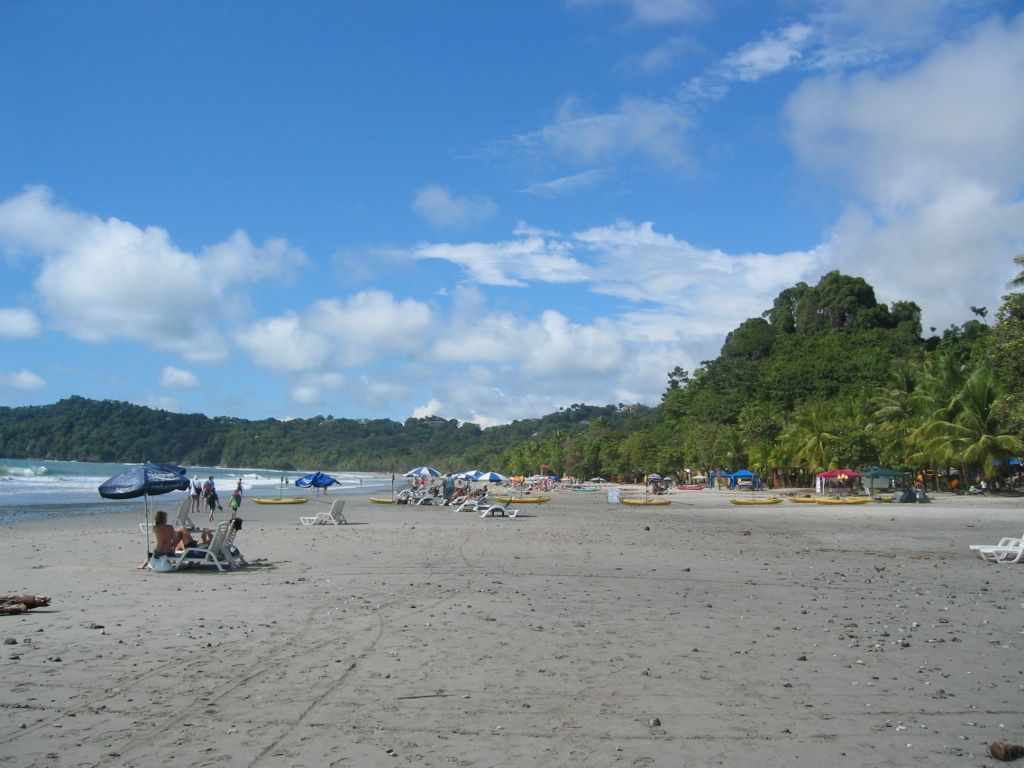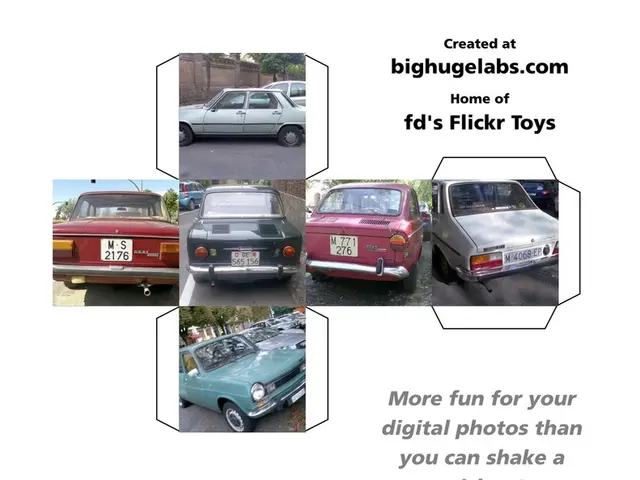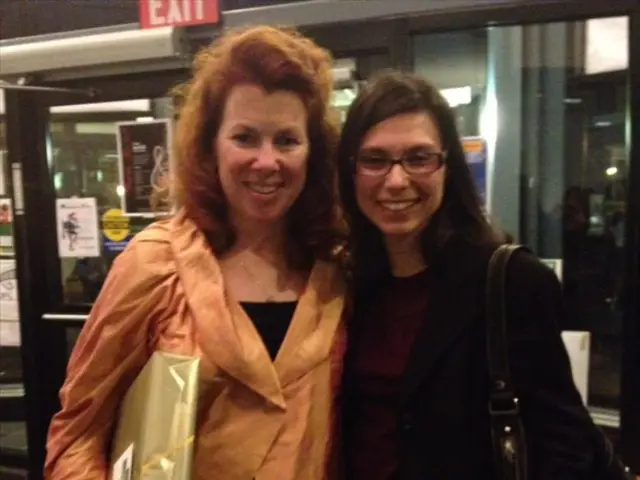Tesla's Autonomous Driving Revolution: Cameras vs. LiDAR
Robot Taxi Service Introduced by Musk This Month
Gear up, folks! Tesla's Robotaxi service is about to make a splash this June 22nd (although Musk's famous "paranoia" about safety might delay things). Tesla plans to kick things off with a small fleet of 10-20 Model Y vehicles in Austin, Texas, taking the wheel-less ride a step closer to reality. But, is Tesla's all-camera approach the way to go, or will it face scrutiny from other industry giants who favor LiDAR technology?
Tesla's autonomous driving system opts for cameras over LiDAR, primarily due to cost savings — afterall, cameras cost a mere $3 compared to LiDAR's $400-plus price tag. Plus, cameras come with no moving parts, making them more reliable and less prone to failure. Slim, sleek design is another bonus, as cameras can be discretely integrated into the vehicle's aesthetics without compromising functionality.
Critics may argue that Tesla's all-camera system struggles with challenges like occlusions, reflections, and adverse weather conditions, areas where LiDAR proves superior. Musk, however, has repeatedly voiced his skepticism about the viability of LiDAR, particularly in harsh weather scenarios.
Over at Google sister company Waymo, things are a bit different. Waymo's autonomous vehicles heavily rely on LiDAR, which uses laser pulses to generate highly detailed 3D maps of the environment, offering superior obstacle detection. LiDAR is invaluable in challenging lighting conditions, providing a reliable edge during nighttime or low-light driving. That said, LiDAR does have its drawbacks: high cost, mechanical complexity, and potential to damage other devices' cameras.
So, which approach is the right one? Well, it depends on your priorities. Tesla's camera system comes with scalability and cost advantages, while Waymo's LiDAR technology offers unparalleled environmental perception with a lower margin of error. For now, Waymo leads the pack with over 250,000 passenger trips per week across four US cities using more than 1,500 Robotaxis.
As for Tesla's four-wheeled future, they're staying optimistic. Recent testing of LiDAR on some vehicles suggests a potential integration of multiple sensor types to find the perfect balance between cost, performance, and safety. Only time will tell if Tesla's all-camera approach will revolutionize the autonomous driving landscape or if LiDAR will ultimately prevail as the dominant technology. Stay tuned—this ride is just getting started!
The finance industry closely monitors the cost-effective nature of Tesla's camera-based autonomous driving system, contrasting the substantial $400-plus price tag of LiDAR technology. Tesla's potential future integration of multiple sensor types in the automotive industry, including LiDAR, may diversify their approach, addressing concerns about certain limitations of all-camera systems. In the realm of transportation technology, the ongoing autonomous driving revolution pits Tesla's camera-centric strategy against LiDAR's superior environmental perception, creating a fierce competition that indicates a promising future for both approaches.






